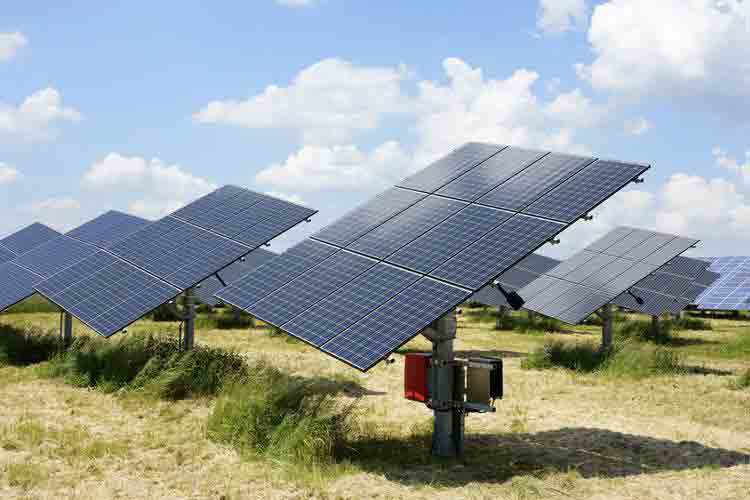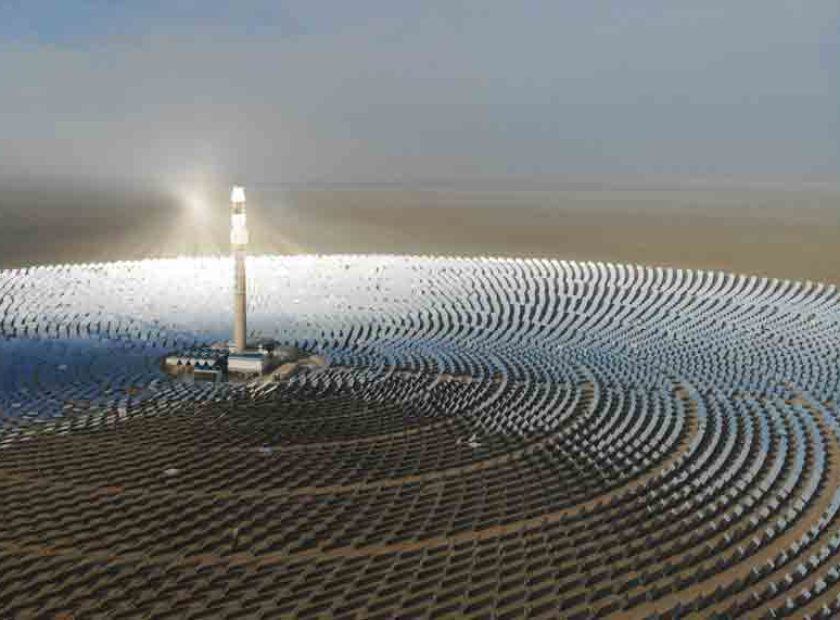The Key Role of Solar Trackers in Residential Solar Systems
In the quest for sustainable and efficient energy solutions,solar power has emerged as a leading contender.Among the various technologies that enhance solar energy generation,solar trackers have proven to be a game-changer,especially for residential solar systems.By optimizing the orientation of solar panels to capture maximum sunlight,solar trackers significantly boost energy output and overall system efficiency.
Solar trackers are innovative devices designed to optimize the efficiency of solar energy systems by adjusting the orientation of solar panels throughout the day.Unlike fixed solar panels,which remain stationary,solar trackers follow the sun’s path across the sky,ensuring that the panels are always positioned at the optimal angle to capture the maximum amount of sunlight.This dynamic movement can significantly increase energy output,making solar trackers an essential component for residential solar systems.
Studies have shown that single-axis solar trackers can boost energy production by 25%to 35%compared to fixed systems.This increase is primarily due to the enhanced exposure to sunlight,as trackers can tilt and rotate to maintain an optimal angle throughout the day.In regions with high solar insolation,this added efficiency translates into a more significant return on investment,making solar trackers an attractive option for homeowners looking to maximize their energy generation.
One of the most compelling advantages of solar trackers is their ability to increase energy production by a substantial margin.By aligning the solar panels directly with the sun,these systems can capture more direct sunlight,which is crucial for generating electricity at the highest possible rates.This is particularly beneficial in areas where energy demand peaks during the day,as the increased output can help meet consumption needs more effectively.
Moreover,solar trackers contribute to improved energy yield during peak sunlight hours.This enhanced efficiency means that homeowners can enjoy lower energy costs and a reduced reliance on grid power,further enhancing the economic viability of solar energy systems.Additionally,advancements in technology have led to the development of more compact and efficient tracking systems,making them easier to install and maintain.
Solar trackers offer flexibility in system design,as they can be integrated into various solar installations,from large utility-scale solar farms to smaller residential setups.This adaptability allows for a more tailored approach to solar energy generation,ensuring that each system can be optimized for its specific location and energy needs.Furthermore,solar trackers help reduce the overall carbon footprint associated with energy production by maximizing energy output.As more individuals seek to transition to renewable energy sources,the role of solar trackers in facilitating this shift cannot be overstated.
While solar trackers come with higher upfront costs compared to fixed systems,the long-term benefits often outweigh the initial expenses.The increased energy production can lead to quicker payback periods and higher overall savings on electricity bills.Additionally,various incentives and financing options are available to help offset these costs,making solar trackers a more accessible choice for many.
Solar trackers represent a significant advancement in solar technology,offering numerous benefits that enhance energy output and promote sustainability.By optimizing the angle of solar panels to capture maximum sunlight,these systems not only improve efficiency but also contribute to a more reliable and cost-effective energy solution.As the world continues to embrace renewable energy,the role of solar trackers will undoubtedly become increasingly vital in the quest for a greener future.For residential solar systems,investing in solar trackers can be a smart decision,ensuring maximum energy generation and long-term savings.







